Both offer change—but only one reshapes the structure beneath
When eyelids begin to droop, people often search for solutions. Some want subtle change. Others need real relief. That’s where the question begins: surgery or not?
Eyelid surgery, or blepharoplasty, removes skin, repositions fat, and adjusts the muscles. It’s permanent. Structural. Predictable.
Non-surgical alternatives offer lift without cutting. Botox. Fillers. Threads. Energy devices. These bring temporary change. Sometimes impressive. Sometimes minimal.
Understanding what each can—and can’t—do is the first step.
Surgery addresses the cause—non-surgical methods treat the appearance
Drooping lids happen for many reasons. Skin loosens. Fat pads bulge. Muscles weaken. Surgery goes deep. It corrects the cause.
Non-surgical treatments, by contrast, lift by illusion. Botox relaxes the brow’s downward pull. Fillers create lift by volume. Threads tug the skin upward.
They don’t remove tissue. They don’t change anatomy. They reshape the look—not the structure. That distinction matters more than it seems.
Results from surgery last years—non-surgical options last months
One blepharoplasty can last a decade or more. The tissue is removed. The fold reshaped. The results stay. Healing takes time—but the change is steady.
With injectables or energy treatments, results fade. Six months. Nine months. Sometimes less. Maintenance is required. Appointments repeat.
Non-surgical methods offer flexibility. But surgery offers stability.
Healing from surgery takes longer—but it’s finite
Surgical recovery involves swelling. Bruising. A few weeks of rest. A few months of full healing. But once you’re healed—you’re done.
Non-surgical methods have less downtime. Some redness. A little swelling. But the cycle doesn’t end. Maintenance becomes routine.
You recover once with surgery. You refresh constantly with alternatives.
Cost depends on time—not just price
Surgery costs more upfront. It’s a single payment. An investment in one transformation.
Non-surgical options seem cheaper. One Botox visit. One filler syringe. But repeated sessions add up. Over years, they may cost more than surgery.
It’s not just about budget—it’s about rhythm. One change or constant upkeep?
Some changes require a scalpel—others don’t
If skin hangs over your lashes, no injectable will fix it. If fat pads bulge, no laser will flatten them. Surgery is the only way to remove tissue, reshape folds, and rebuild structure.
But if the issue is mild—a slight droop, a tired look, a soft shadow—non-surgical methods may help. Especially for younger patients. Or those hesitant about procedures.
The best option depends on your face—not a trend.
Botox can lift—but only a little
When injected into the muscles that pull the brows down, Botox can allow the forehead to lift. The result? A subtle rise in the outer brow. A softer eye.
But it doesn’t remove skin. It doesn’t open vision. And it can’t correct real sag.
For cosmetic refreshment, it’s helpful. For functional problems, it falls short.
Fillers restore volume—but can worsen puffiness
Under the eyes, fillers can blur shadows. Lift hollows. Restore fullness. But they don’t tighten. And if too much is used—or placed poorly—they can make swelling worse.
Fillers don’t suit every face. Especially where skin is loose. Or where puffiness is already a concern.
Used with care, they can enhance. Used blindly, they can distort.
Threads and devices bring lift—but not permanence
Thread lifts pull the skin upward. Energy devices tighten by heating tissue. Both offer lift without incisions. But results are modest—and often fade in under a year.
They suit early changes. Not deep folds. Not true sag.
The lift is gentle. The change, temporary.
The right choice isn’t about fear—it’s about fit
Some people avoid surgery because they’re afraid. Others avoid non-surgical options because they want real change. Neither approach is wrong.
What matters is the match. Your anatomy. Your goals. Your timeline. Your comfort.
Consulting a provider who offers both options helps. They can guide—not sell.
